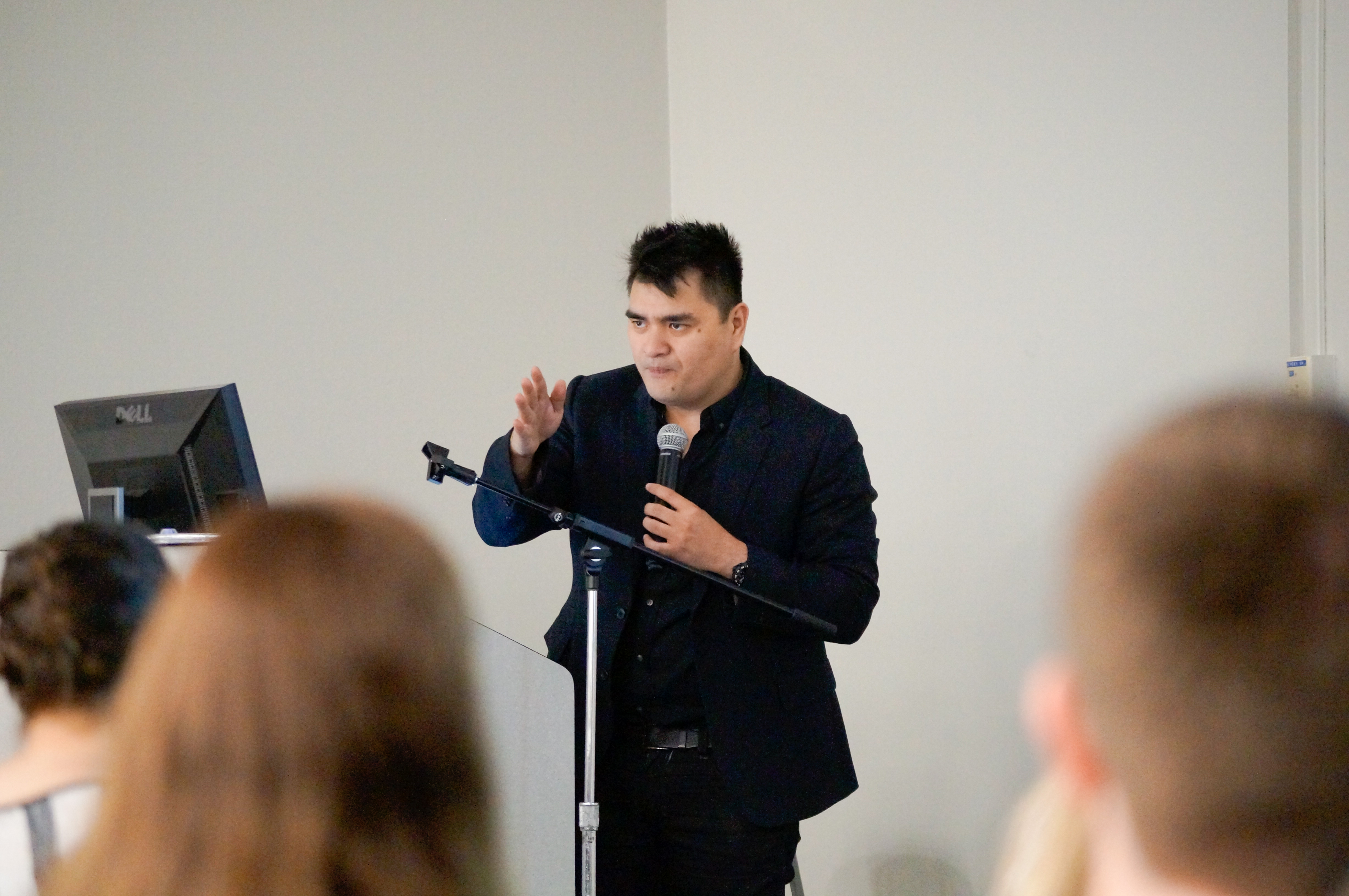Every year about two million people over the age of 20 are diagnosed with diabetes, and in most cases it can be prevented.
Diabetes can affect your mood and can cause you to go blind, have kidney failure, heart disease, stroke, and takes about twelve years off a person’s overall lifespan. In 2007 it was reported to be a factor in 231,404 deaths, according to the American Diabetes Association (ADA).
“Diabetes is a lack of your body’s ability to perform a basic function: turning your food source into energy,” says Natalia Estrada a nursing student and patient care Assistant at Hoag Memorial Hospital in Newport Beach, CA.
On Oct 6, the local chapter of the ADA hosted the annual “Step Out: Walk to Stop Diabetes” at Riverfront Park. The event’s coordinator, Ted Duncan, got involved with the ADA when his daughter was diagnosed with Type 1 diabetes at the age of five. That was 15 years ago.
“I started volunteering with the ADA twelve years ago,” Duncan said. “And a few years ago I applied to be the director of the ADA in Eastern Washington and Northern Idaho.
“I was very pleased with this event. The weather was the best its been in five years, which allowed more people to come out and participate. Through the event we raised about $120,000 for diabetes research,” Duncan said.
People can avoid getting diabetes by maintaining a healthy diet and keeping up with a regular exercise plan.
The older a person gets, the harder it is to make that lifestyle change from eating carbs and drinking soda constantly, to playing a new balancing act with their diet.
“I’m not able to eat too much or too little; I shouldn’t eat certain foods; I need to maintain a strict schedule of eating and injecting, and I can’t leave the house without my insulin and a granola bar,” Estrada said.
“I can’t just make the decision that ‘hey, I feel like exercising’ – I have to check my blood sugar beforehand, make sure it’s not too high or too low, check my blood sugar frequently during the exercise session, make sure that I have enough food in case I DO become too low, and I need to know the difference between being sweaty and tired from exercising or being sweaty and tired from hypoglycemia.”
According to the ADA roughly seven million people are unaware they have this disease.
Some symptoms to lookout for are: extreme thirst, urinating often, extreme fatigue, blurry vision, and weight loss. If you are experiencing these symptoms, get ahold of your doctor right away to have a blood glucose test performed.
“Having low blood sugar from too much insulin or too little food puts my body in panic mode and it’s terrifying to think that the threat of death is real in that situation,” Estrada said.
The ADA will be putting on a Tour to Cure bike ride in May, and is looking for volunteers now. If you are interested in volunteering, you can contact the Spokane ADA at 509-624-7478, or visit their Facebook page.
